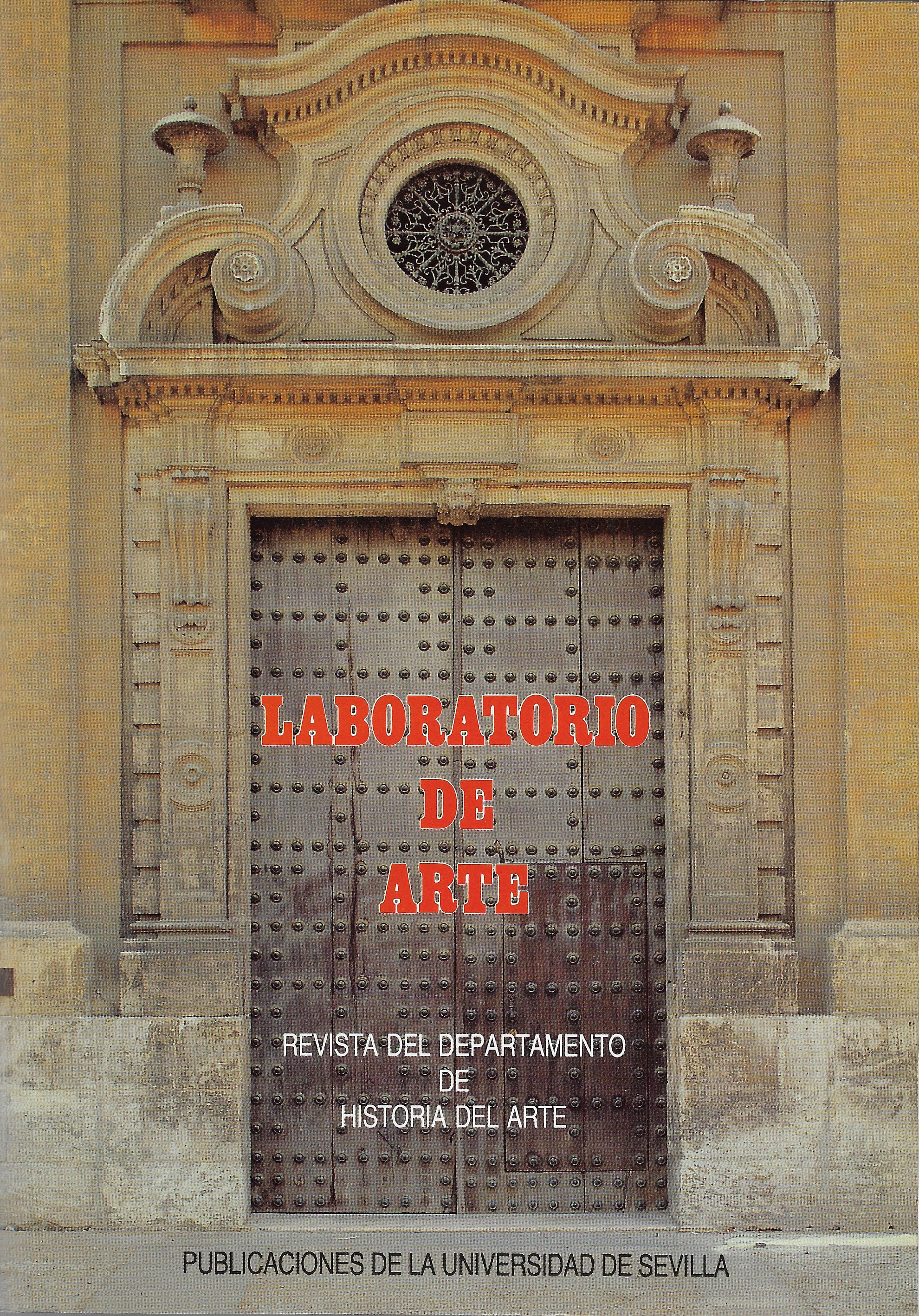LAS BÓVEDAS DE QUINCHA EN LA IGLESIA DEL PRADO EN LIMA
DOI:
https://doi.org/10.12795/LA.1995.i08.09Abstract
Different types of wooden vaults are described in the study texts. These vaults turned up in Lima as response to several earthquakes at the end of the Seventeenth Century. Wooden vaults replaced then Lime and brick vaults. The most popular and economic vault type was that one made of rushes and mud, which is called "quincha" vault. These roofing techniques were developed in the very artistic boundaries of the city, therefore they were not an "European non-Iberian contribution" as it has been said up until now. There is a comment on the vaults of the Prado Church which is supported by documentation that proves this affirmation.
Downloads
Downloads
Published
Issue
Section
License
Copyright (c) 2021 LABORATORIO DE ARTE

This work is licensed under a Creative Commons Attribution-NonCommercial-ShareAlike 4.0 International License.










